Belfast is the capital of Northern Ireland and the largest city in the country. This city is known for being where the RMS Titanic was built and for the violence and suffering here during The Troubles in the later part of the 20th century, although I quickly found out there is so much more to Belfast.
With only two days to explore this city, I set off early to make the most of my time here.
My first stop was at the Victorian St George’s Market, one of Belfast’s oldest attractions. The Friday market has taken place on this site since 1604. The current market was built between 1890 and 1896 and is considered one of the best markets in the UK. The market is only open Friday, Saturday, and Sunday, with each day offering slightly different vendors. Stalls found here include fish, produce, antiques, crafts, meats, food & coffee stands, and more.

After wandering through the market, I grabbed a Belfast Bacon Bap for breakfast before continuing on my way. The Belfast Bap is a large, crusty white bread roll that originated in Belfast to feed the poor during the great famine. It was a bit hard to bite into…but was certainly filling!
Located at 12-20 East Bridge Street, Belfast. Open Friday 8 a.m. – 2 p.m., Saturday 9 a.m. – 3 p.m. & Sunday 10 a.m. – 3 p.m.
The heart of the city is found along the banks of the River Lagan. Before crossing over the Queen Elizabeth bridge, there is a Big Fish sculpture, also known as Salmon of Knowledge.
This large fish is also a time capsule covered in ceramic tiles, each one telling a story of the city. There are also a number of Game of Thrones stained glass pieces along the waterfront and the Waterfront entertainment complex.


Continuing along the waterfront, I headed to one of Belfast’s most famous attractions – Titanic Belfast.


The museum is built on the site of the former Harland & Wolff shipyard where the RMS Titanic was built.
The exhibit tells the story of the Titanic from her start being built in this shipyard until her tragic end and place in history. It is a very interactive exhibit with all the information laid out in a variety of ways to keep you engaged, including a cable car ride to explore life on the docks! If you only do one thing in Belfast, I highly recommend making a stop here. I usually lose interest in reading boards filled with historical facts in museums, but with the use of audio, visual, interactive displays, holograms of people talking about life in Belfast and onboard and more, I was fully engaged. The final exhibit talks about the night the Titanic sank and lists the names of the 713 people who were saved and the 1512 souls that were lost with some info about many of them. I spent 3 hours here and could have likely stayed even longer.








As part of your ticket, you also get access to the SS Nomadic, the last surviving White Star Line ship in the world. This ship was also built by Harland & Wolff and was originally designed to serve as a tender to both the Titanic and the Olympic before serving in both World Wars, becoming a restaurant in Paris, and finally returning home to Belfast. Lots of information found here too, especially for any history buffs.
Located in the Titanic Quarter at 1 Olympic Way, Queen’s Road, Titanic Quarter, Belfast BT3 9EP
Titanic Belfast also has a gift shop, parking, and dining options.
Hours vary throughout the year. Entrance is by time slot. Pre-booking is recommended. Standard admission £24.95.
Other packages are available. Click here for more info.
Belfast City Hall is a fantastic piece of Victorian engineering, built in 1906. With its domed green towers and statue of Queen Victoria out front, this building is definitely something to see. The gardens surrounding City Hall are a popular spot to enjoy lunch on a sunny day.



At the northeast corner, you’ll find a statue of Sir Edward Harland, who founded the Harland & Wolff shipyards and who served as mayor of Belfast from 1885 to 1886. Next to him stands a memorial to the victims of the Titanic.
If you want to learn more about City Hall, guided tours are available daily. For more info and times, click here.
Location – Donegall Square, Belfast
If you’ve read any of my previous blog posts, you’ll know I LOVE a free walking tour. I find they are such a great way to get acquainted with a new place, learn some history and interesting facts, and get tips on the best places to eat, drink, and visit. While the Belfast tour was a little more political than others I’ve been on, our guide grew up in Belfast during The Troubles and had a wealth of information on life here during that time, which he shared as we made our way around the city learning all about what makes Belfast tick. (The Troubles were an ethno-nationalist conflict in Northern Ireland that lasted almost 30 years from the late 1960s to 1998 ending once they struck the Good Friday Agreement in 1998.)
Belfast Free Walking Tours run daily at 11 a.m. & 2:30 p.m. They leave from outside City Hall and can be booked online here. The tours are free and you tip whatever you feel the tour was worth at the end.
The Crown Liquor Saloon is one of Belfast’s most famous pubs. Formerly known as The Liquor Saloon, it was one of the top Victorian gin palaces found among the industrial cities around the British Isles. The building dates back to 1826 and is now owned by the National Trust.

Visually, The Crown remains a true gem. The colourful decor found here is very unique for a pub. Beautiful stained glass, carved pillars, ornate mirrors, beautiful bar top, and a floor laid with colourful mosaic tiles, including the famous Crown found just outside the entrance. It’s impossible to see all the unique details amongst the crowds of people found here. The pub still has the original ‘snugs’ booths with doors that were used to hide those drinking from prying eyes.
The pub was refurbished by Patrick Flanagan in the late 19th century. Our guide told us a legend about how it came to be known as The Crown. Flanagan, a Catholic, argued with his Protestant Royalist wife over what the pub’s name should be. In the end, he told his wife that he would name the pub The Crown in honour of the British monarchy. However, he sneakily took his revenge by placing the crown mosaic just outside the entrance door where customers would tread on it every day!
Stop by for a drink or enjoy a delicious meal here, like I did.
The Crown also has an upstairs dining area. Reservations are highly recommended as most nights it is booked up. Make a reservation here.
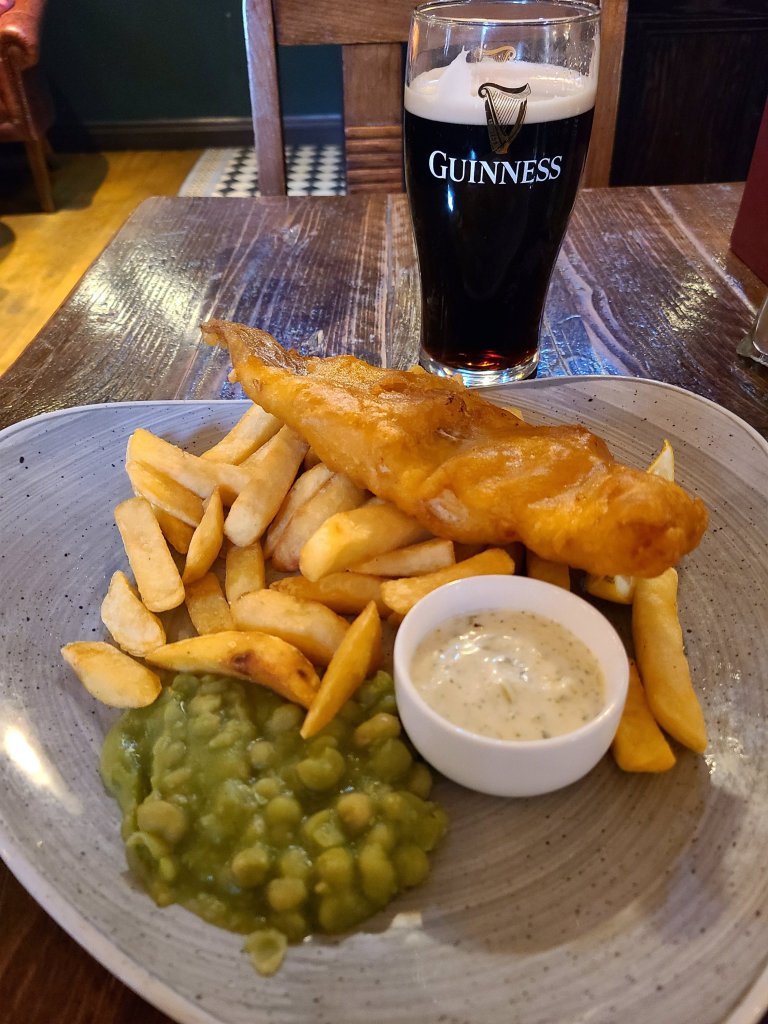
Located at 46 Great Victoria St, Belfast
Across from The Crown is the famous Europa Hotel. This is the most bombed hotel in the world after suffering 36 bomb attacks during the Troubles.
At that time, no one was travelling to Northern Ireland except for the journalists who were covering the conflict. What better way to get attention for their cause than by bombing the place the press were staying. It has been fully restored since and is now a 4-star hotel here.
Next door to the Europa is Belfast’s Grand Opera House. This Victorian theatre was built in 1895 and continues to offer a variety of entertainment year-round. During one of the many bombings that occurred next door, the Opera House was hit and ruined on one side. It has since been restored, but if you look closely, you will see that the brickwork along one side doesn’t quite match up.
The Merchant Hotel began as the headquarters of the Ulster Bank before being turned into a five-star luxury hotel in 2006. This sandstone building has long been admired for its distinctive architectural style. Belfast has become a popular film destination over the last decade or so and the Merchant Hotel became the go-to place to stay while filming in Belfast.


The prestigious Queen’s University has been around since 1845. With a beautiful, leafy green campus and the impressive Lanyon Building, the university is worth checking out as you make your way to the Belfast Botanic Gardens. The gardens were established in 1828 by the Belfast Botanic and Horticultural Society and have become a popular spot among both tourists and locals. Occupying 28 acres, the park is also home to the Palm House and the Tropical Ravine. Entry is free.
Belfast has numerous pubs, some dating as far back as the 1600s. As I was first walking around the city, I hardly saw any. Then, on my walking tour, I learned that most of the pubs are hidden down alleyways because liquor licenses/operating licenses were mainly granted by people who didn’t drink and didn’t want pubs corrupting the city, so by having them in alleys, they weren’t visible along the streets and more likely to receive their permit!


Grabbing a pint and listening to some live music is the perfect way to end a day in Belfast!













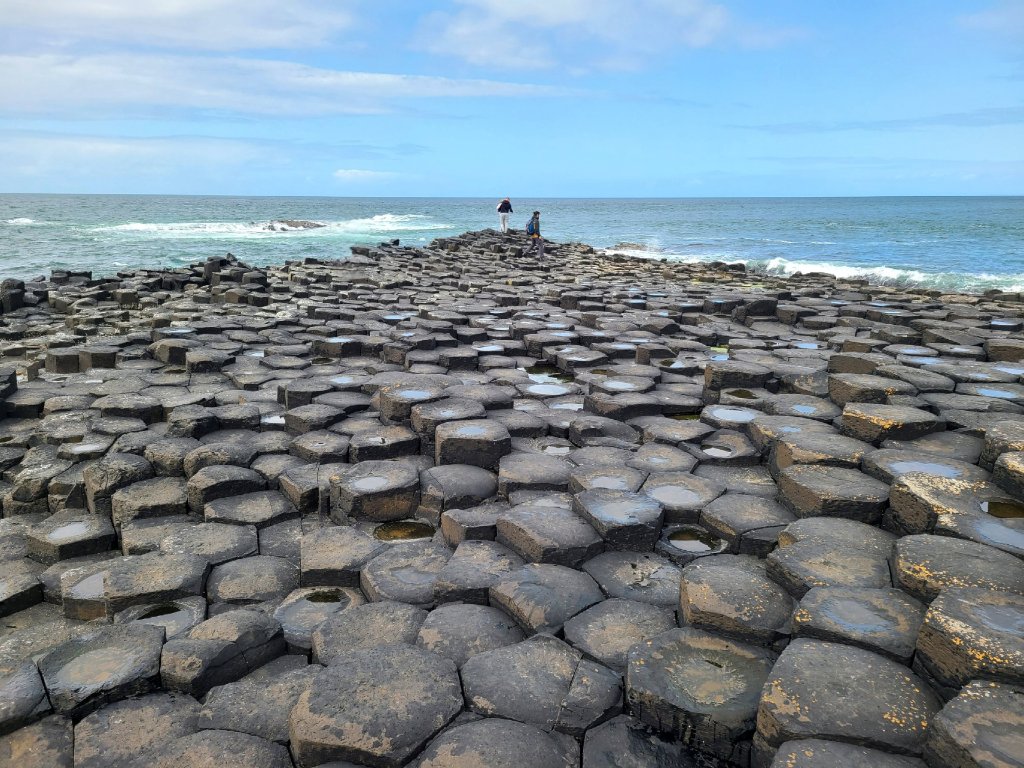



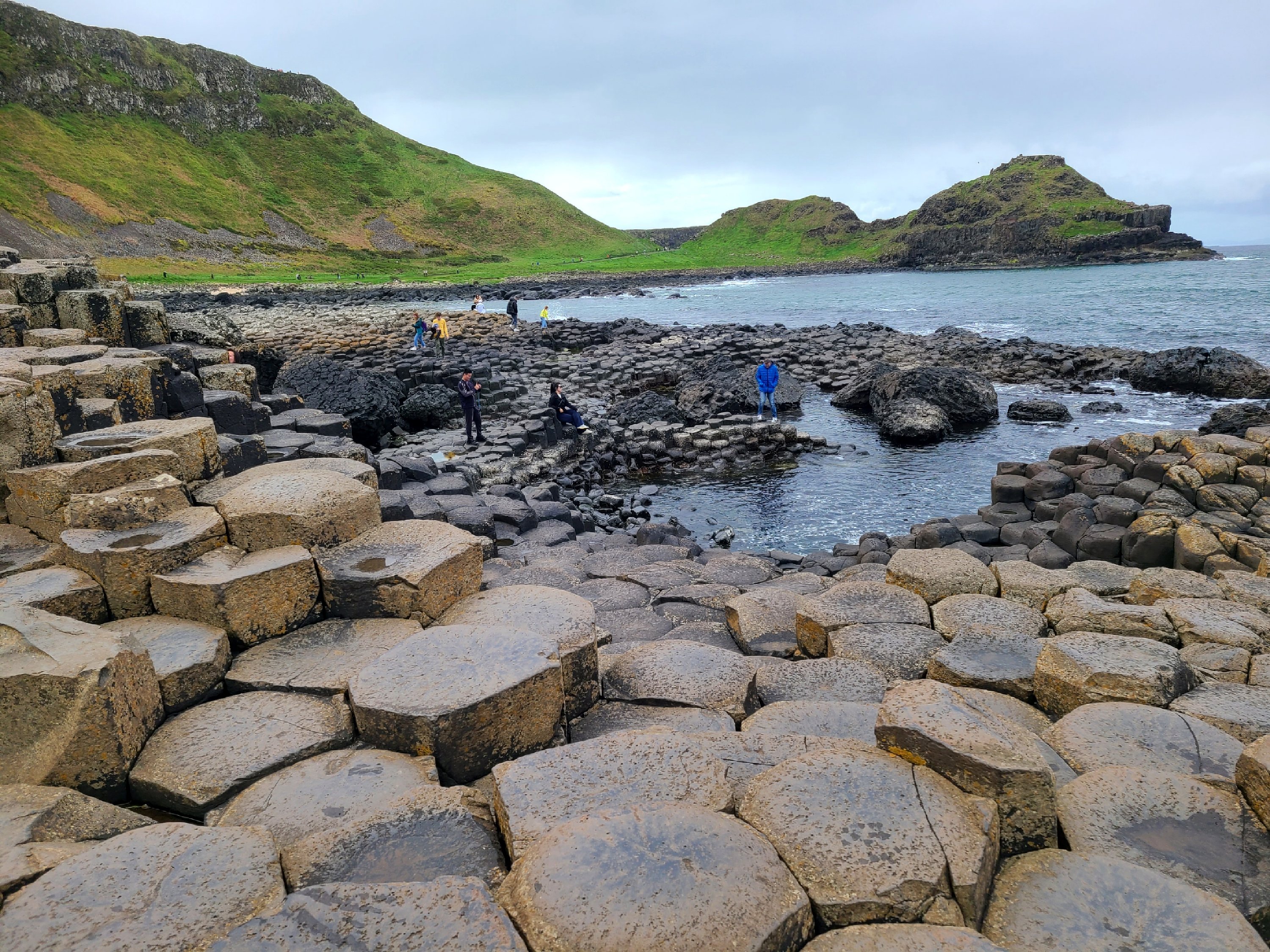




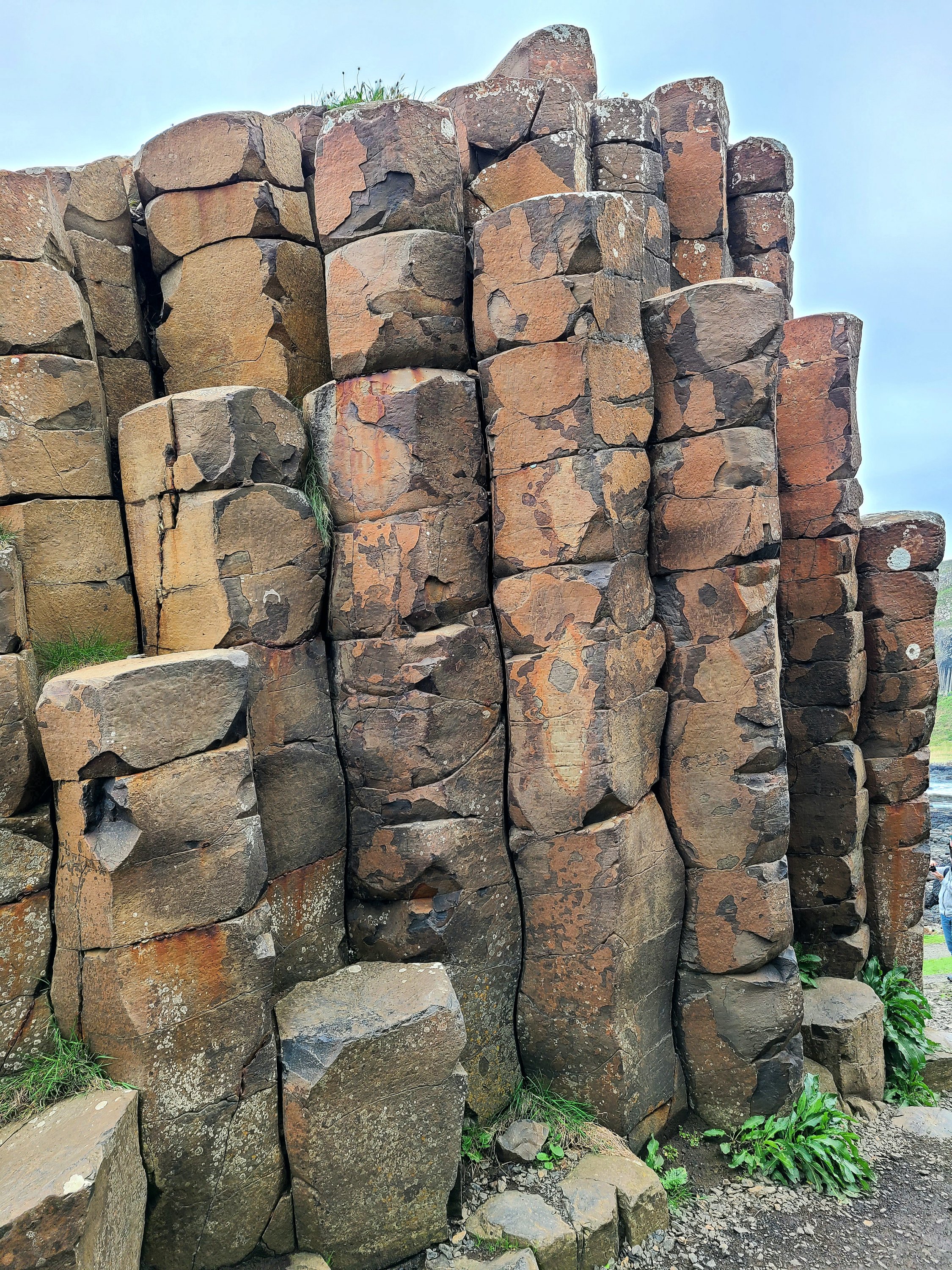




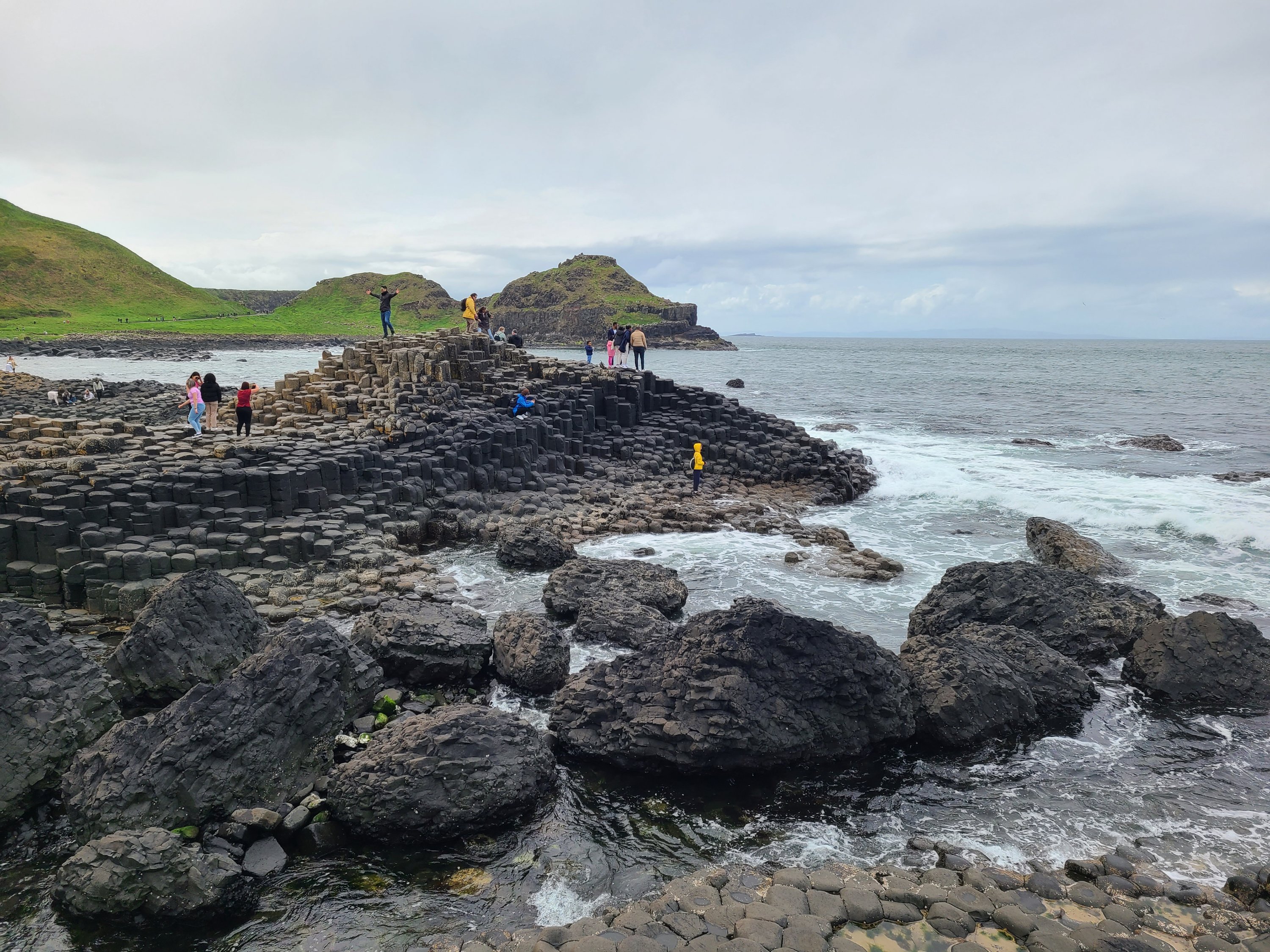
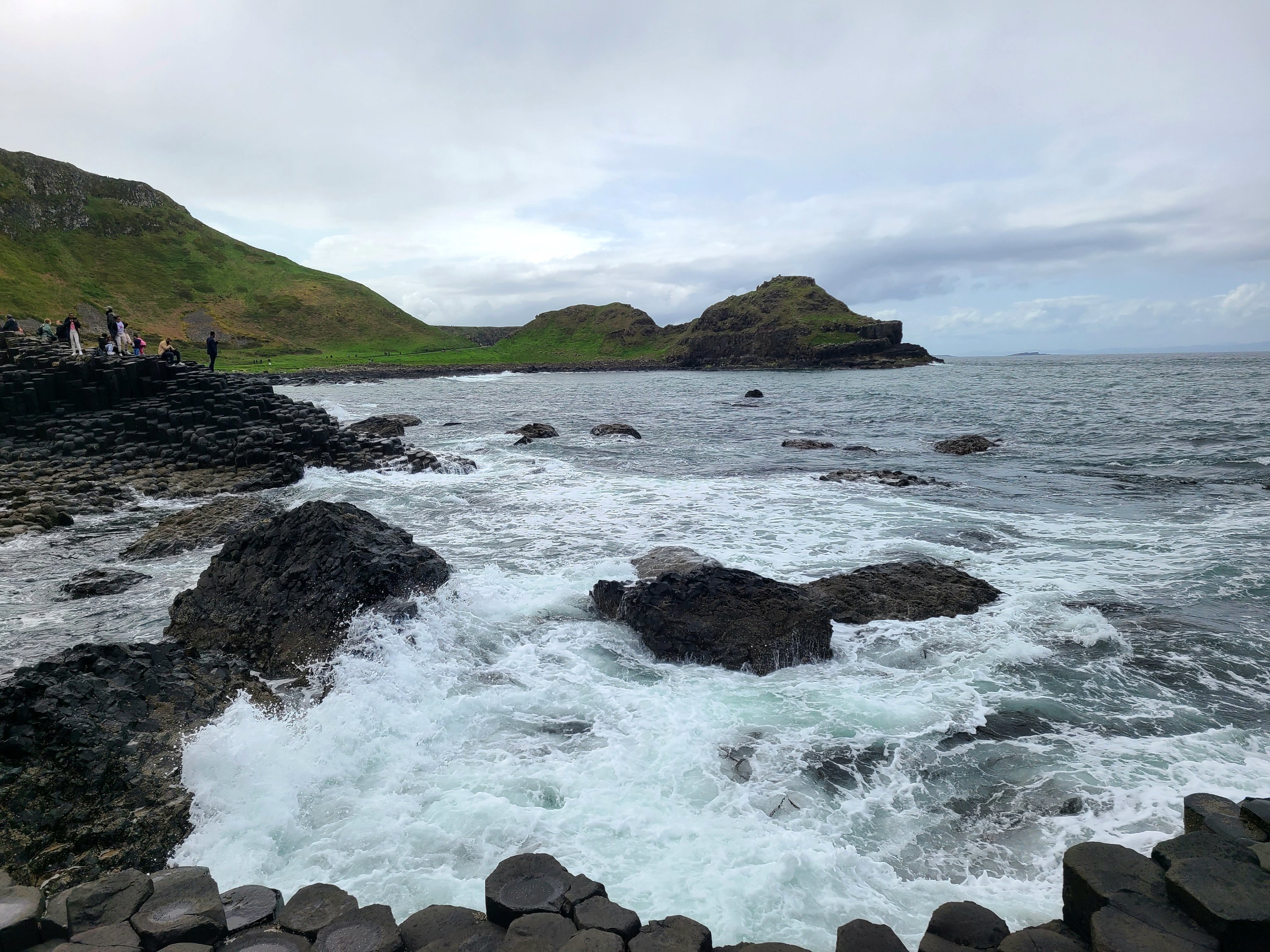
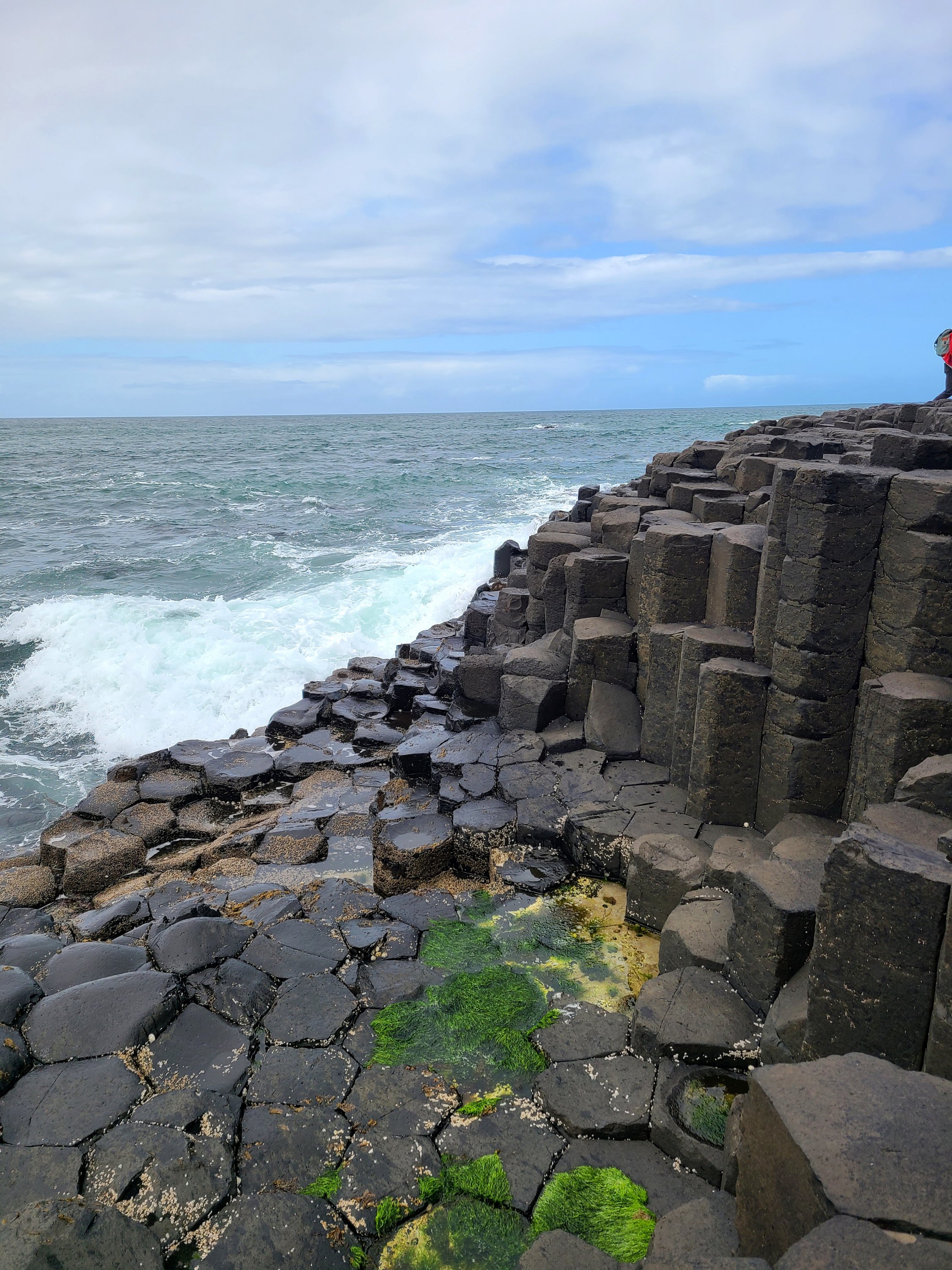
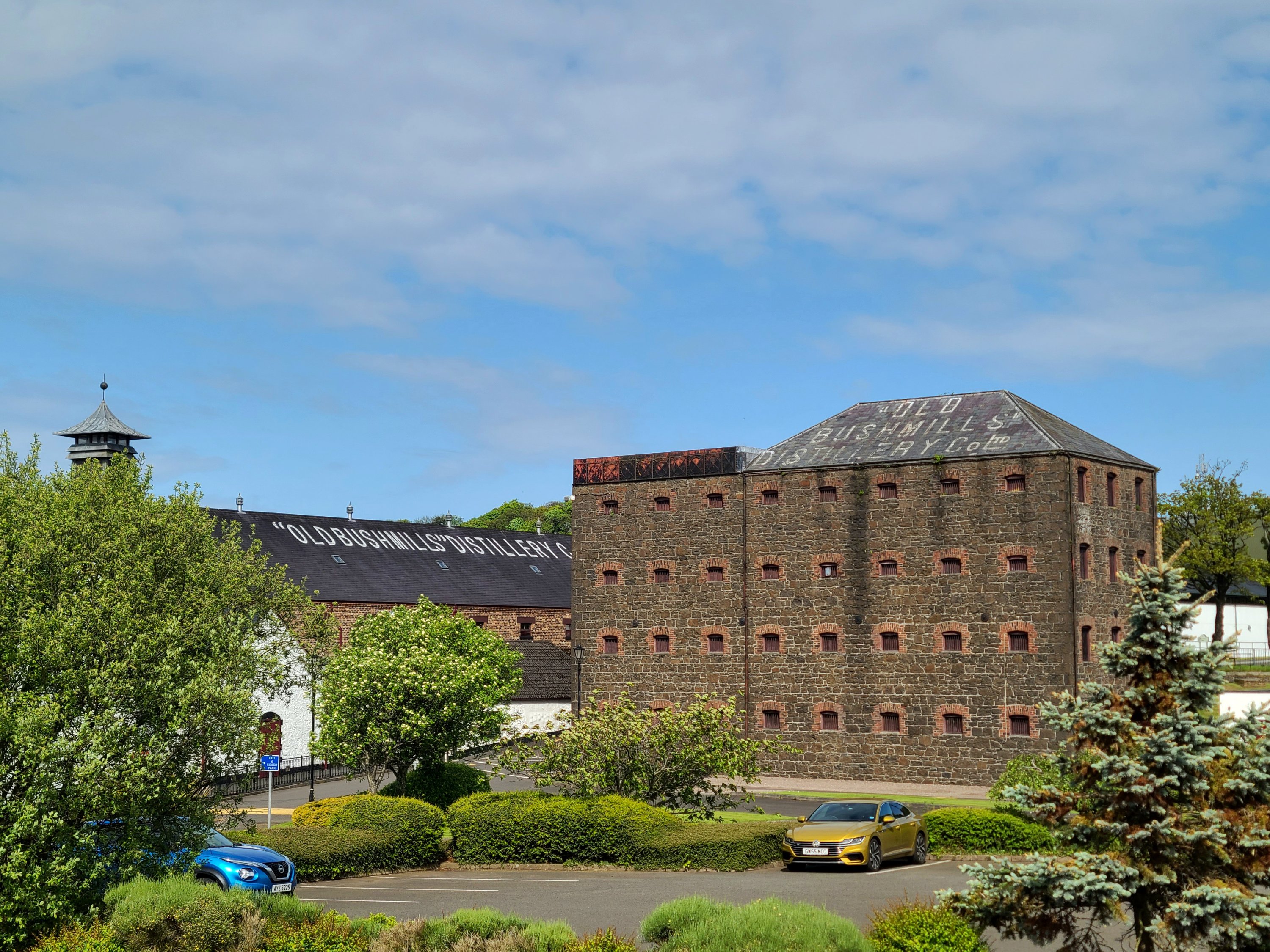


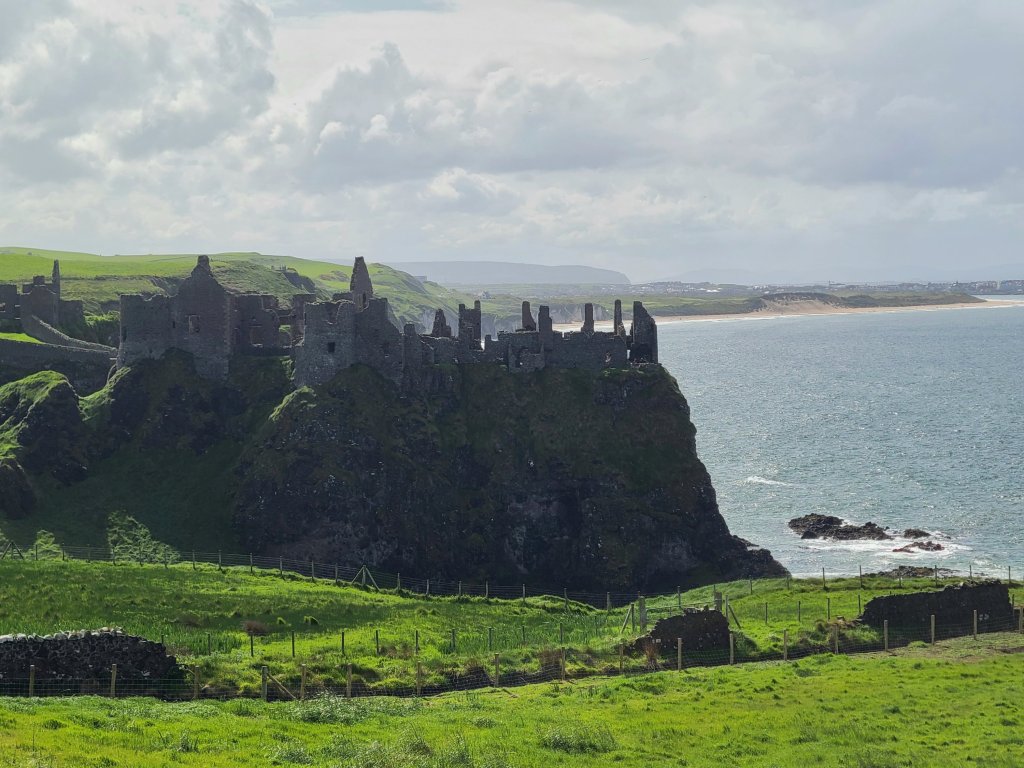
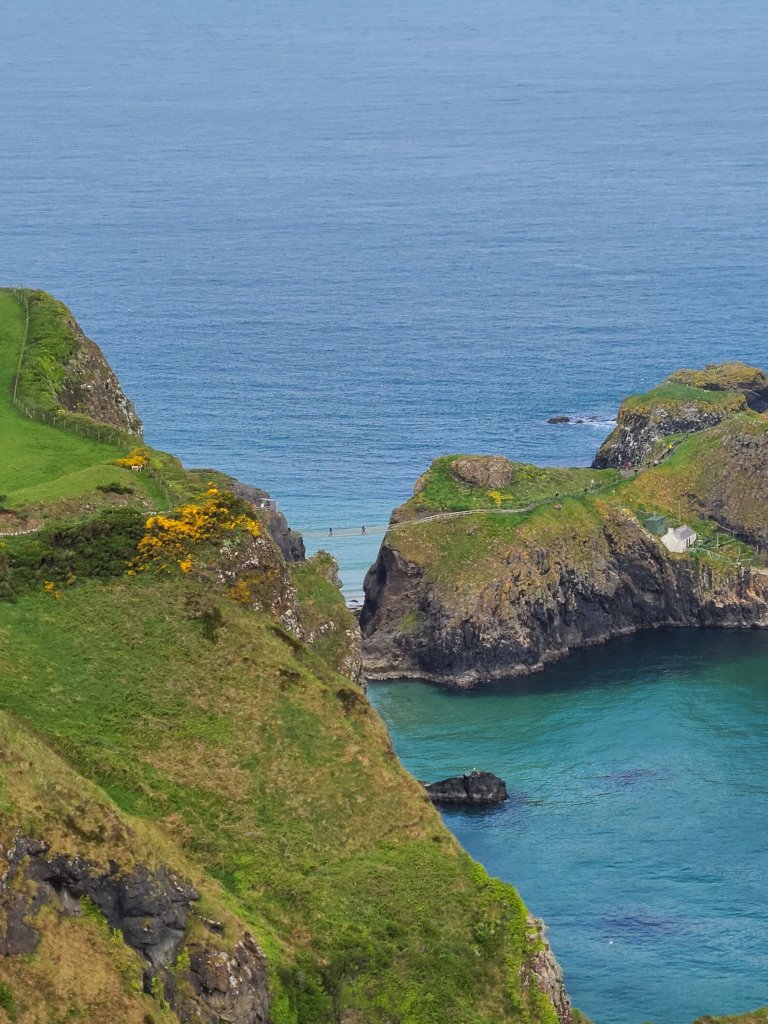

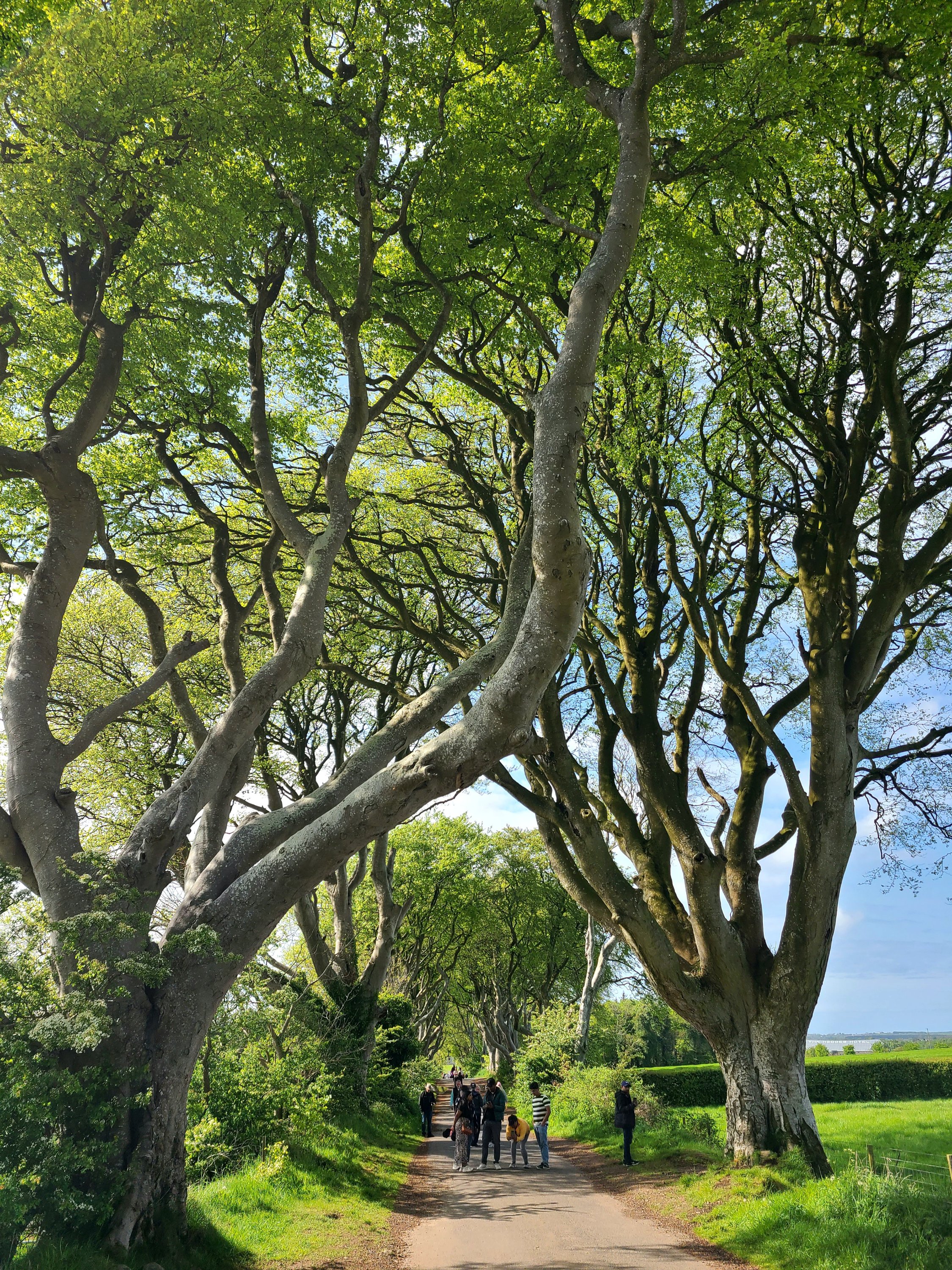

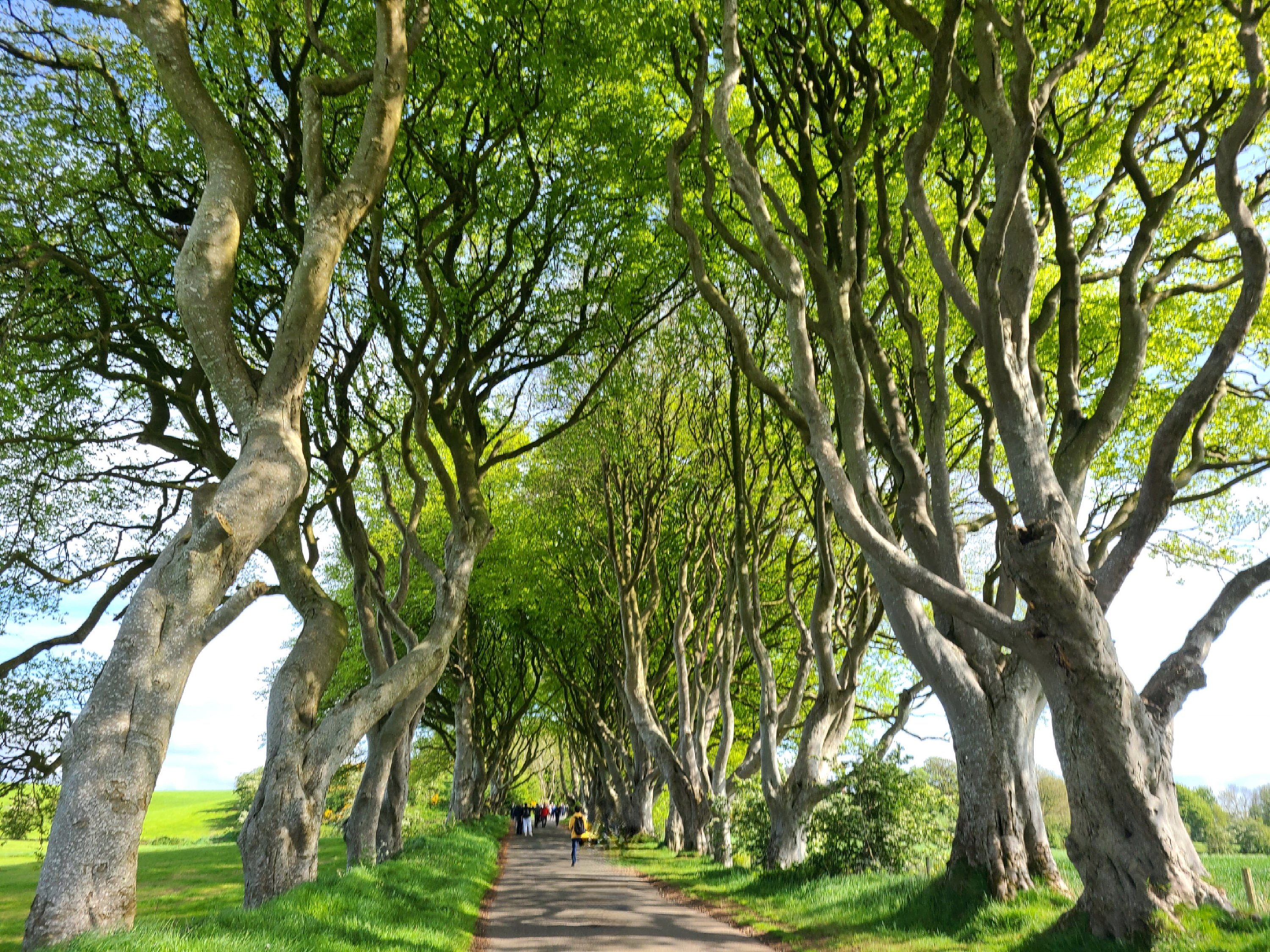
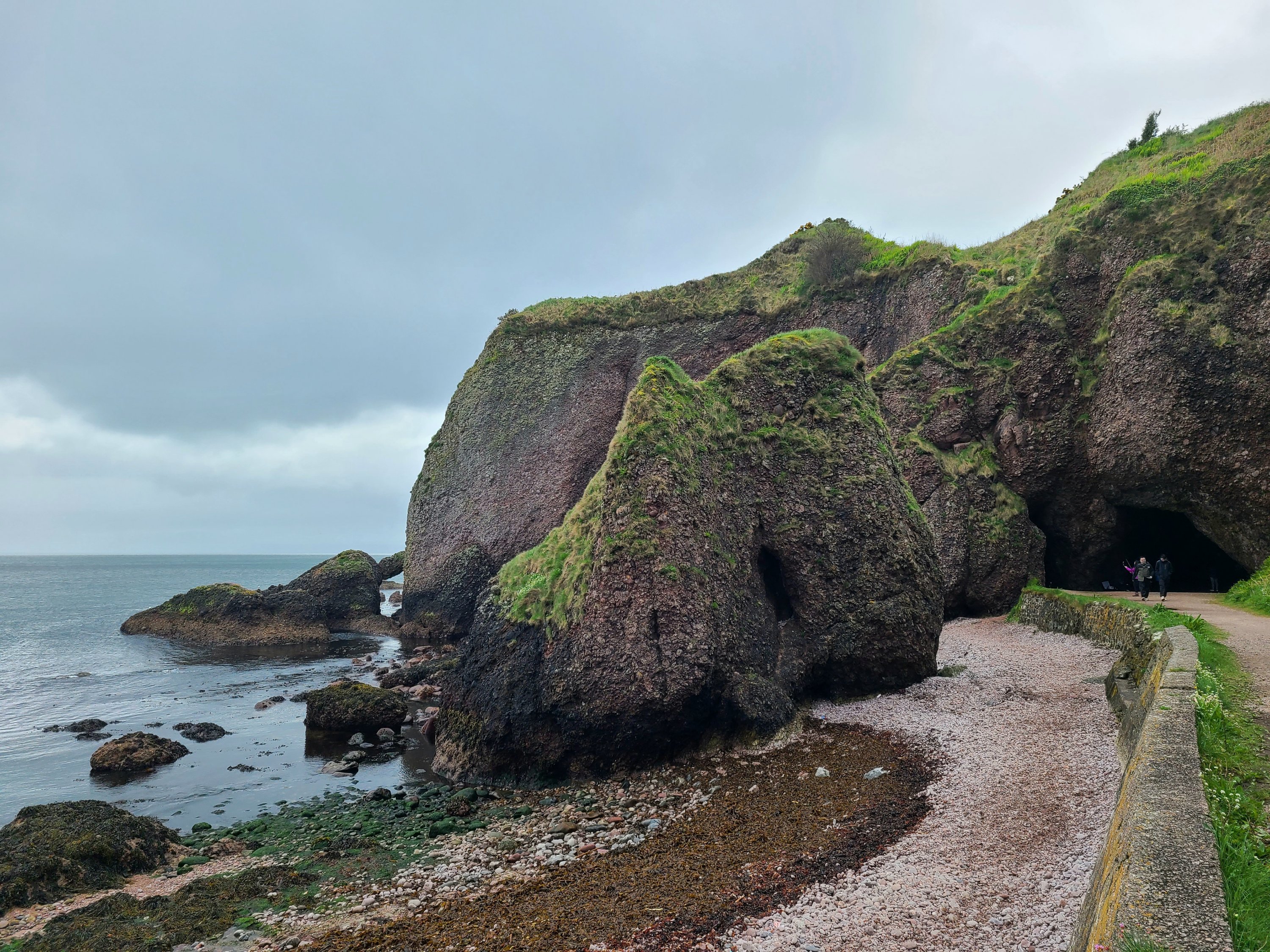


Recent Comments